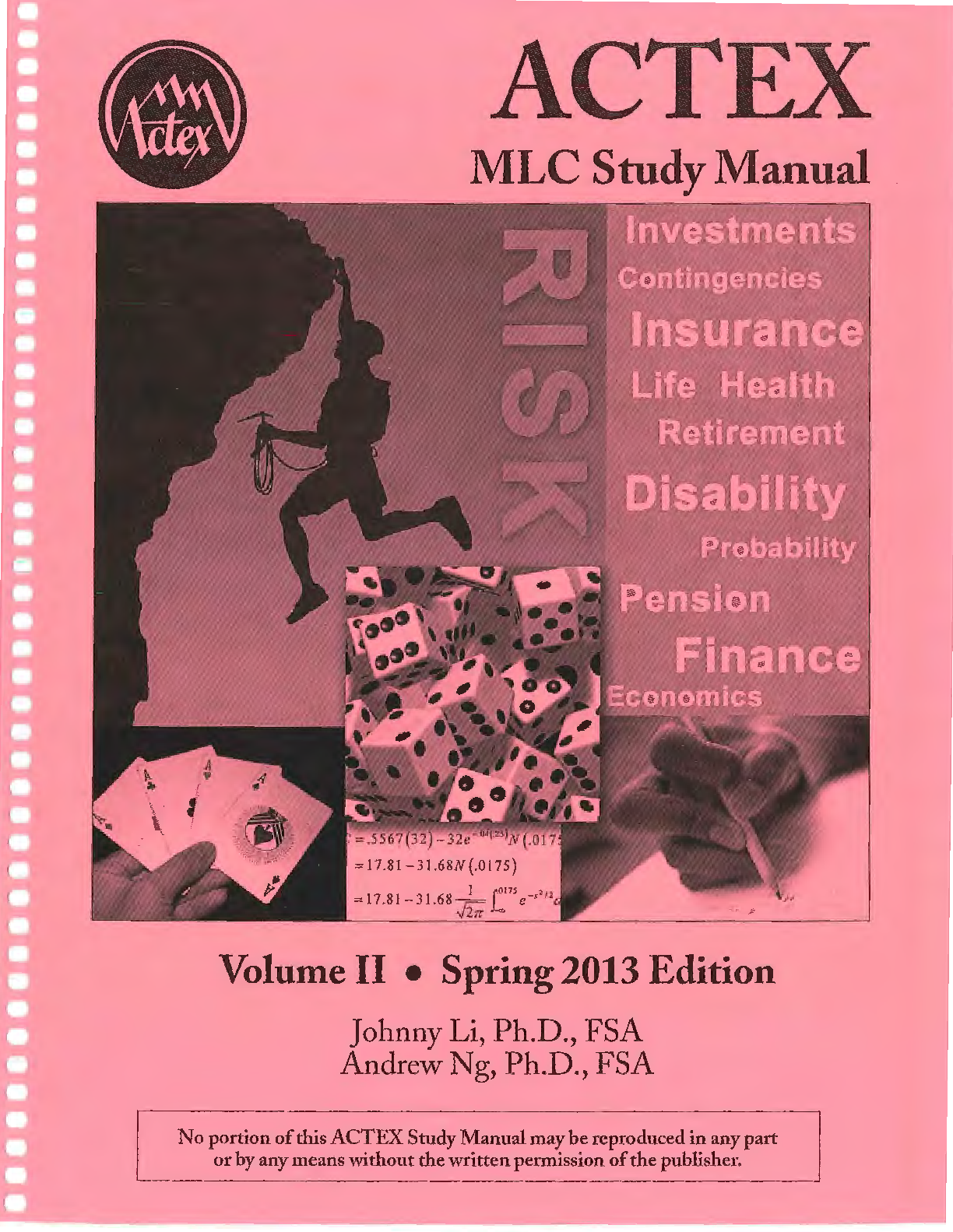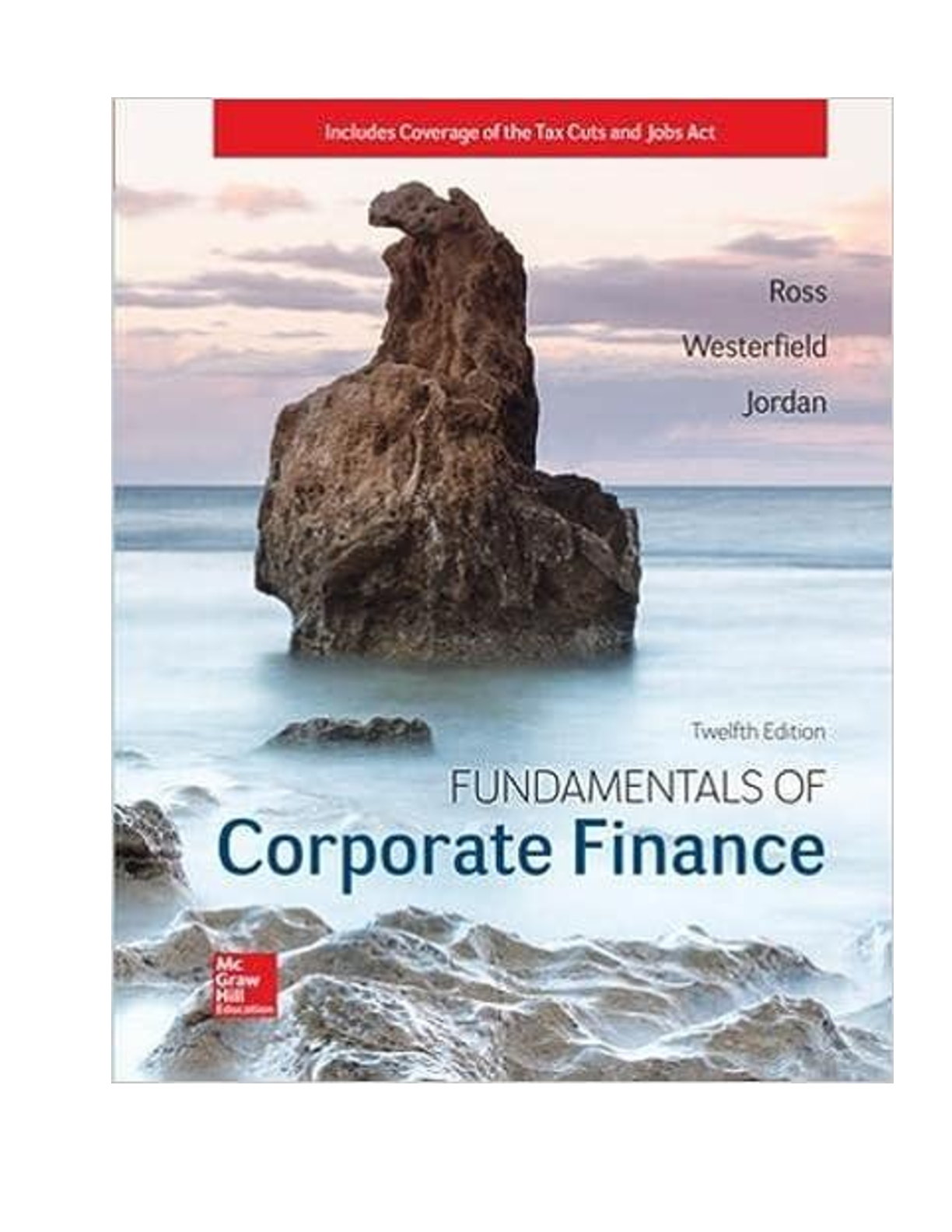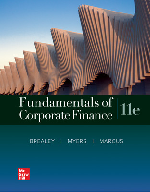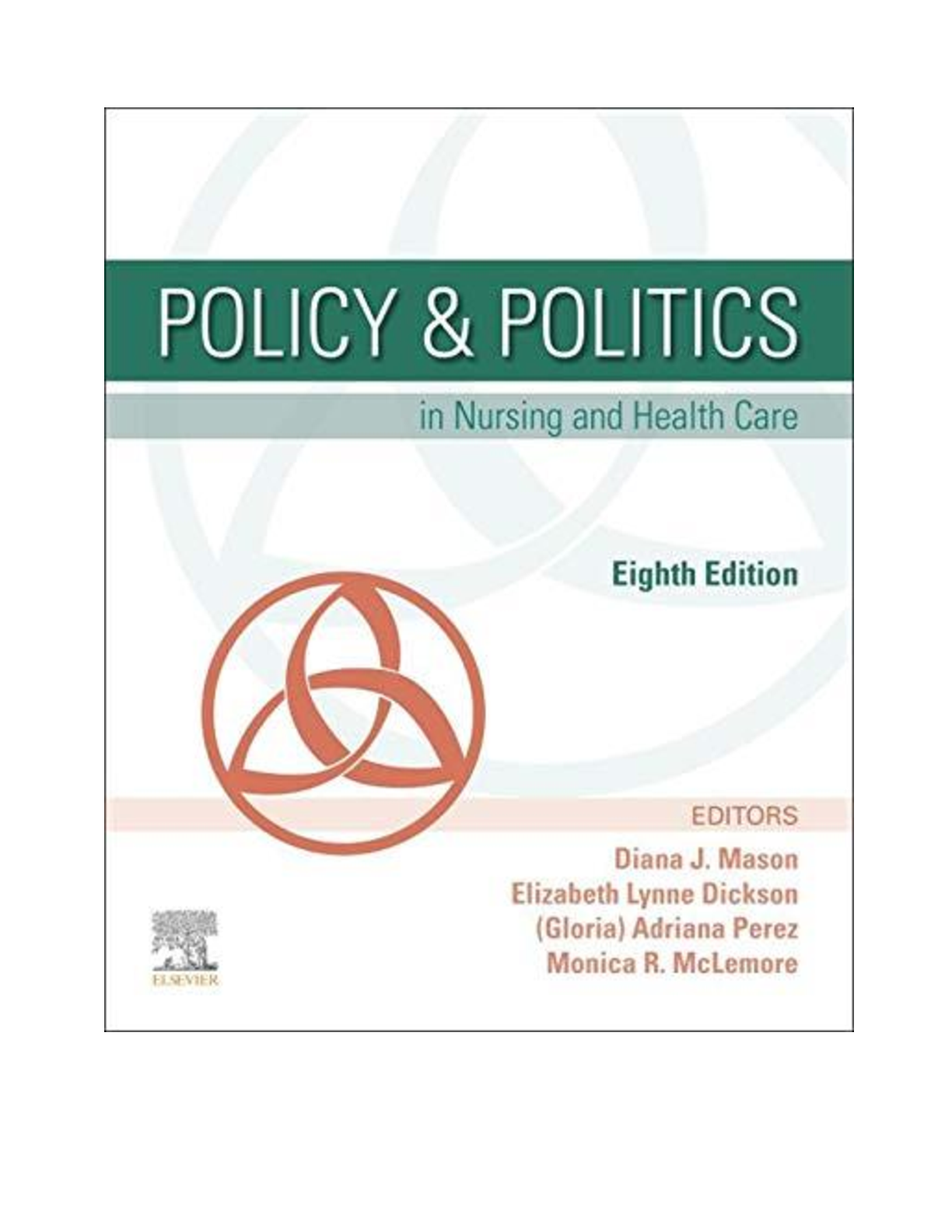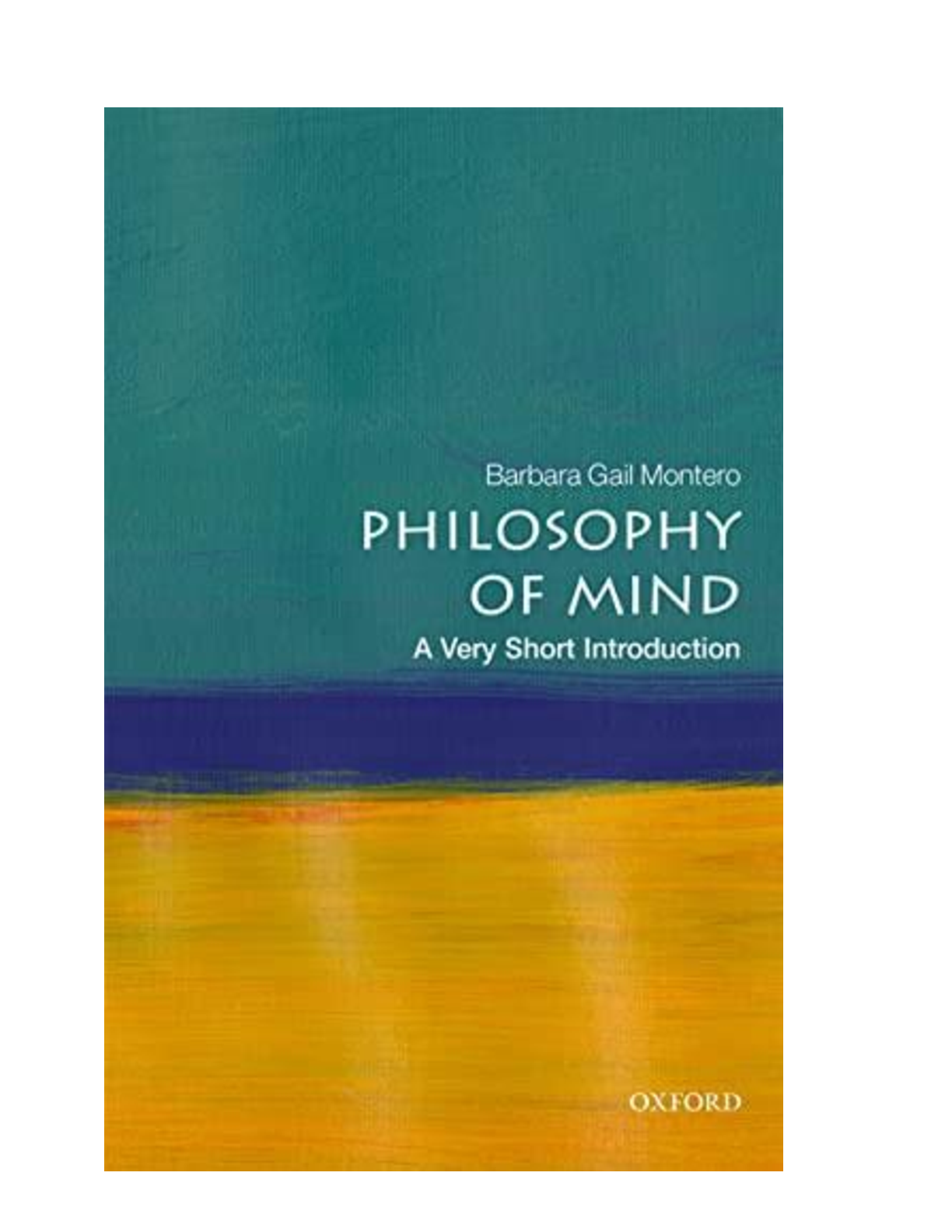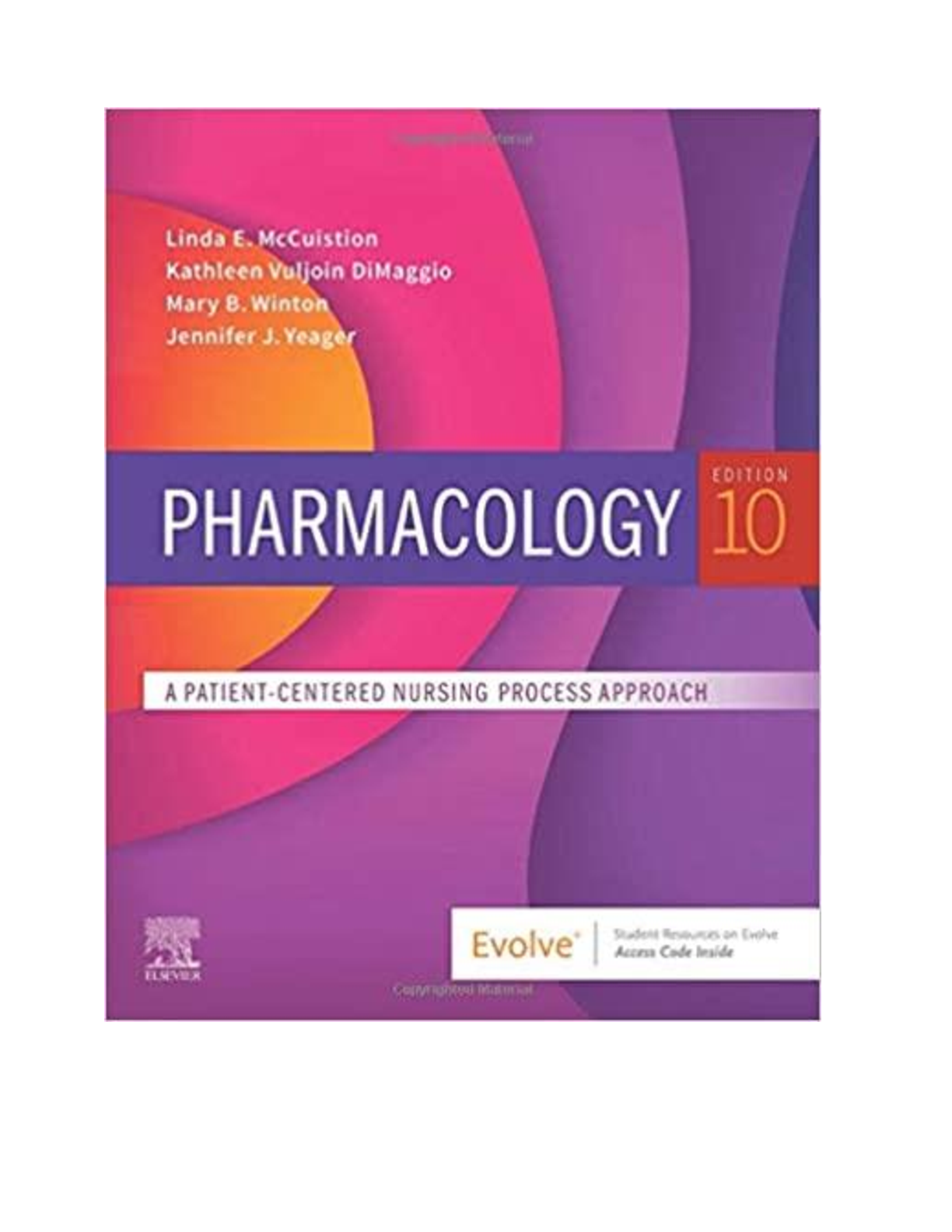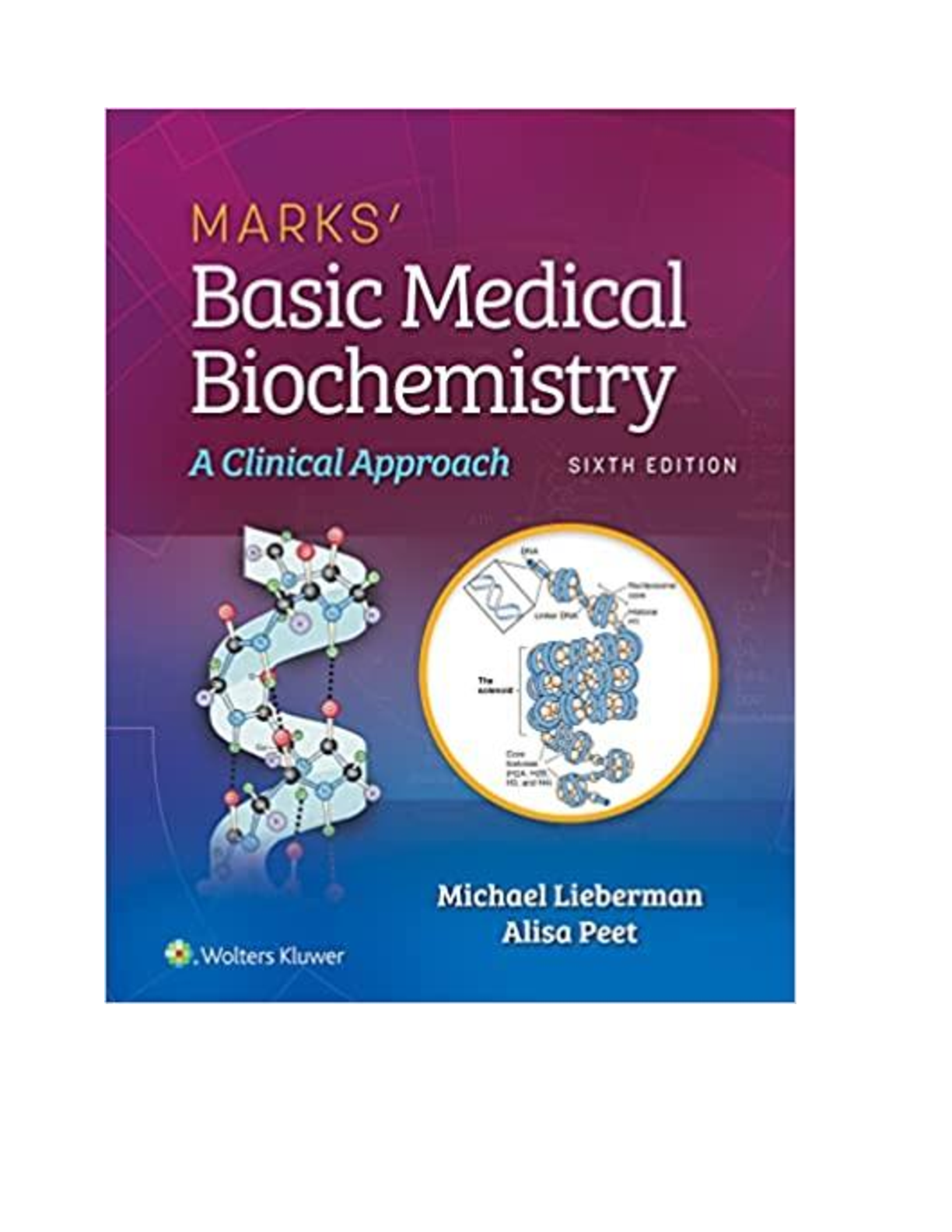Engineering > eBook-PDF > ESSENTIALS OF ROBUST CONTROL (All)
ESSENTIALS OF ROBUST CONTROL
Document Content and Description Below
ESSENTIALS OF ROBUST CONTROL Kemin Zhou May 25, 1999Preface Robustness of controlsystems to disturbances and uncertainties has always been the central issue in feedback control. Feedback would no... t be needed for most control systems if there were no disturbances and uncertainties. Developing multivariable robust control methods has been the focal point in the last two decades in the control community. The state-of-the-art H ∞ robust control theory is the result of this effort. This book introduces some essentials of robust and ∞ control theory. H It grew from another book by this author, John C. Doyle,and Keith Glover,entitled Robust and OptimalControl,which has been extensively class-tested in many universities around the world.Unlike that book, which is intended primarily as a comprehensive reference of robust and H∞ control theory, this book is intended to be a text for a graduate course in multivariable control.It is also intended to be a reference for practicing control engineers who are interested in applying the state-of-the-art robust control techniques in their applications. With this objective in mind, I have streamlined the presentation, added more than 50 illustrative examples, included many related M R commands atlab 1 and more than 150 exercise problems, and added some recent developments in the area of robust controlsuch as gap metric, ν-gap metric,modelvalidation,and mixed µ problem.In addition, many proofs are completely rewritten and some advanced topics are either deleted completely or do not get an in-depth treatment. The prerequisite for reading this book is some basic knowledge of classical control theory and state-space theory. The text contains more material than could be covered in detail in a one-semester or a one-quarter course. Chapter 1 gives a chapter-by-chapter summary of the main results presented in the book, which could be used as a guide for the selection of topics for a specific course. Chapters 2 and 3 can be used as a refresher for some linear algebra facts and some standard linear system theory. A course focusing on H∞ control should cover at least most parts of Chapters 4–6, 8, 9, 11–13, and Sections 14.1 and 14.2. An advanced H ∞ control course should also include the rest of Chapter 14, Chapter 16, and possibly Chapters 10, 7, and 15. A course focusing on robustness and model uncertainty should cover at least Chapters 4, 5, and 8–10. Chapters 17 and 18 can be added to any advanced robust and ∞ control course if time permits. H I have tried hard to eliminate obvious mistakes. It is, however, impossible for me to make the book perfect. Readers are encouraged to send corrections, comments, and 1Matlab is a registered trademark of The MathWorks, Inc. viiviii PREFACE suggestions to me, preferably by electronic mail, at [email protected] I am also planning to put any corrections, modifications, and extensions on the Internet so that they can be obtained either from the following anonymous ftp: ftp gate.ee.lsu.edu cd pub/kemin/books/essentials/ or from the author’s home page: http://kilo.ee.lsu.edu/kemin/books/essentials/ This book would not be possible without the work done jointly for the previous book with Professor John C. Doyle and Professor Keith Glover. I thank them for their influence on my research and on this book. Their serious attitudes toward scientific research have been reference models for me. I am especially grateful to John for having me as a research fellow in Caltech, where I had two very enjoyable years and had opportunities to catch a glimpse of his “BIG PICTURE” of control. I want to thank my editor from Prentice Hall, Tom Robbins, who originally proposed the idea for this book and has been a constant source of support for me while writing it. Without his support and encouragement, this project would have been a difficult one. It has been my great pleasure to work with him. I would like to express my sincere gratitude to Professor Bruce A. Francis for giving me many helpful comments and suggestions on this book. Professor Francis has also kindly provided many exercises in the book. I am also grateful to Professor Kang-Zhi Liu and Professor Zheng-Hua Luo, who have made many useful comments and suggestions. I want to thank Professor Glen Vinnicombe for his generous help in the preparation of Chapters 16 and 17. Special thanks go to Professor Jianqing Mao for providing me the opportunity to present much of this material in a series of lectures at Beijing University of Aeronautics and Astronautics in the summer of 1996. In addition, I would like to thank all those who have helped in many ways in making this book possible, especially Professor Pramod P. Khargonekar, Professor Andr´eTits, Professor Andrew Packard, Professor Jie Chen,Professor Jakob Stoustrup, Professor Hans Henrik Niemann, Professor Malcolm Smith, Professor Tryphon Georgiou, Professor Tongwen Chen, Professor HitayOzbay, ¨ Professor Gary Balas, Professor Carolyn Beck, Professor Dennis S. Bernstein, Professor Mohamed Darouach, Dr. Bobby Bodenheimer,Professor Guoxiang Gu, Dr. Weimin Lu,Dr. John Morris,Dr. Matt Newlin, Professor LiQiu, Professor Hector P.Rotstein,Professor Andrew Teel, Professor Jagannathan Ramanujam, Dr. Linda G. Bushnell, Xiang Chen, Greg Salomon, Pablo A. Parrilo, and many other people. I would also like to thank the following agencies for supporting my research: National Science Foundation, Army Research Office (ARO), Air Force of Scientific Research, and the Board of Regents in the State of Louisiana. Finally, I would like to thank my wife, Jing, and my son,Eric, for their generous support, understanding, and patience during the writing of this book. Kemin ZhouPREFACE ix Here is how H∞ is pronounced in Chinese: It means “The joy of love is endless.”Contents Preface vii Notation and Symbols xv List of Acronyms xvii 1 Introduction 1 1.1 What Is This Book About?......................... 1 1.2 Highlights of This Book........................... 3 1.3 Notes and References ............................. 9 1.4 Problems ................................... 10 2 Linear Algebra 11 2.1 Linear Subspaces ............................... 11 2.2 Eigenvalues and Eigenvectors ........................ 12 2.3 Matrix Inversion Formulas .......................... 13 2.4 Invariant Subspaces............................. 15 2.5 Vector Norms and Matrix Norms ...................... 16 2.6 Singular Value Decomposition ........................ 19 2.7 Semidefinite Matrices............................ 23 2.8 Notes and References ............................. 24 2.9 Problems ................................... 24 3LinearSystems 27 3.1 Descriptions of Linear Dynamical Systems ................. 27 3.2 Controllability and Observability ...................... 28 3.3 Observers and Observer-Based Controllers ................. 31 3.4 Operations on Systems ............................ 34 3.5 State-Space Realizations for Transfer Matrices .............. 35 3.6 Multivariable System Poles and Zeros ................... 38 3.7 Notes and References ............................. 41 3.8 Problems ................................... 42 xixii CONTENTS 4 H2 and H∞ Spaces 45 4.1 Hilbert Spaces................................ 45 4.2 H2 and H∞ Spaces .............................. 47 4.3 Computing L2 and H2 Norms ........................ 53 4.4 Computing L∞ and H∞ Norms ....................... 55 4.5 Notes and References ............................. 61 4.6 Problems ................................... 62 5 Internal Stability 65 5.1 Feedback Structure .............................. 65 5.2 Well-Posedness of Feedback Loop ...................... 66 5.3 Internal Stability ............................... 68 5.4 Coprime Factorization over RH ∞ ...................... 71 5.5 Notes and References ............................. 77 5.6 Problems ................................... 77 6 Performance Specifications and Limitations 81 6.1 Feedback Properties............................. 81 6.2 Weighted H2 and H∞ Performance ..................... 85 6.3 Selection of Weighting Functions ...................... 89 6.4 Bode’s Gain and Phase Relation ...................... 94 6.5 Bode’s Sensitivity Integral .......................... 98 6.6 Analyticity Constraints........................... 100 6.7 Notes and References ............................. 102 6.8 Problems ................................... 102 7 Balanced Model Reduction 105 7.1 Lyapunov Equations............................. 106 7.2 Balanced Realizations ............................ 107 7.3 Model Reduction by Balanced Truncation ................. 117 7.4 Frequency-Weighted Balanced Model Reduction .............. 124 7.5 Notes and References ............................. 126 7.6 Problems ................................... 127 8 Uncertainty and Robustness 129 8.1 Model Uncertainty .............................. 129 8.2 Small Gain Theorem ............................. 137 8.3 Stability under Unstructured Uncertainties ................ 141 8.4 Robust Performance............................. 147 8.5 Skewed Specifications ............................ 150 8.6 Classical Control for MIMO Systems .................... 154 8.7 Notes and References ............................. 157 8.8 Problems ................................... 158CONTENTS xiii 9 Linear Fractional Transformation 165 9.1 Linear Fractional Transformations ..................... 165 9.2 Basic Principle................................ 173 9.3 Redheffer Star Products ........................... 178 9.4 Notes and References ............................. 180 9.5 Problems ................................... 181 10 µ and µ Synthesis 183 10.1 General Framework for System Robustness ................ 184 10.2 Structured Singular Value .......................... 187 10.3 Structured Robust Stability and Performance ............... 200 10.4 Overview of µ Synthesis ........................... 213 10.5 Notes and References ............................. 216 10.6 Problems................................... 217 11 Controller Parameterization 221 11.1 Existence of Stabilizing Controllers ..................... 222 11.2 Parameterization of All Stabilizing Controllers .............. 224 11.3 Coprime Factorization Approach ...................... 228 11.4 Notes and References ............................. 231 11.5 Problems................................... 231 12 Algebraic Riccati Equations 233 12.1 Stabilizing Solution and Riccati Operator ................. 234 12.2 Inner Functions ................................ 245 12.3 Notes and References ............................. 246 12.4 Problems................................... 246 13 H2 Optimal Control 253 13.1 Introduction to Regulator Problem ..................... 253 13.2 Standard LQR Problem ........................... 255 13.3 Extended LQR Problem ........................... 258 13.4 Guaranteed Stability Margins of LQR ................... 259 13.5 Standard H2 Problem ............................ 261 13.6 Stability Margins of H 2 Controllers ..................... 265 13.7 Notes and References ............................. 267 13.8 Problems................................... 267 14 H∞ Control 269 14.1 Problem Formulation ............................. 269 14.2 A Simplified H∞ Control Problem ..................... 270 14.3 Optimality and Limiting Behavior ..................... 282 14.4 Minimum Entropy Controller ........................ 286 14.5 An Optimal Controller ............................ 286xiv CONTENTS 14.6 General H∞ Solutions............................ 288 14.7 Relaxing Assumptions ............................ 291 14.8 H2 and H∞ Integral Control........................ 294 14.9 H∞ Filtering ................................. 297 14.10Notes and References ............................. 299 14.11Problems................................... 300 15 Controller Reduction 305 15.1 H∞ Controller Reductions .......................... 306 15.2 Notes and References ............................. 312 15.3 Problems................................... 313 16 H∞ Loop Shaping 315 16.1 Robust Stabilization of Coprime Factors .................. 315 16.2 Loop-Shaping Design ............................. 325 16.3 Justification for H ∞ Loop Shaping ..................... 328 16.4 Further Guidelines for Loop Shaping .................... 334 16.5 Notes and References ............................. 341 16.6 Problems................................... 342 17 Gap Metric and ν-Gap Metric 349 17.1 Gap Metric.................................. 350 17.2 ν-Gap Metric................................. 357 17.3 Geometric Interpretation of ν-Gap Metric ................. 370 17.4 Extended Loop-Shaping Design ....................... 373 17.5 Controller Order Reduction ......................... 375 17.6 Notes and References ............................. 375 17.7 Problems................................... 375 18 Miscellaneous Topics 377 18.1 Model Validation ............................... 377 18.2 Mixed µ Analysis and Synthesis ....................... 381 18.3 Notes and References ............................. 389 18.4 Problems................................... 390 Bibliography 391 Index 407Notation and Symbols R and C fields of real and complex numbers F field, either R or C C − and C− open and closed left-half plane C+ and C+ open and closed right-half plane jR imaginary axis ∈ belong to ⊂ subset ∪ union ∩ intersection 2 end of proof 3 end of remark := defined as ' and / asymptotically greater and less than and much greater and less than α complex conjugate of α ∈ C |α| absolute value of α ∈ C Re(α)realpartofα∈C In n × n identity matrix [aij ] a matrix with a ij as its ith row and jth column element diag(a1,...,a n)ann × n diagonal matrix with ai as its ith diagonal element AT and A∗ transpose and complex conjugate transpose of A A−1 and A+ inverse and pseudoinverse of A A−∗ shorthand for (−A1)∗ det(A) determinant of A trace(A)traceofA xvxvi NOTATION AND SYMBOLS λ(A) eigenvalue of A ρ(A) spectral radius of A ρR (A) real spectrum radius of A σ(A)andσ(A) the largest and the smallest singular values of A σi(A) ith singular value of A κ(A) condition number of A kAk spectral norm of A: kAk = σ(A) Im(A), R(A) image (or range) space of A Ker(A), N(A) kernel (or null) space of A X −(A) stable invariant subspace of A Ric(H) the stabilizing solution of an ARE g ∗ f convolution of g and f ∠ angle h, i inner product x ⊥ y orthogonal, hx, yi =0 D⊥ orthogonal complement of D S⊥ orthogonal complement of subspace S, e.g., 2⊥ H L2(−∞, ∞) time domain square integrable functions L2+ := L2[0, ∞) subspace of2L(−∞, ∞) with functions zero for t<0 L2− := L2(−∞, 0] subspace of2L(−∞, ∞) with functions zero for t>0 L2(jR) square integrable functions on 0 including at C ∞ H2 subspace of2L(jR) with functions analytic in Re(s) > 0 H⊥ 2 subspace of2L(jR) with functions analytic in Re(s) < 0 L∞ (jR) functions bounded on Re(s) = 0 including at ∞ H∞ the set of L∞ (jR) functions analytic in Re(s) > 0 H− ∞ the set of L∞ (jR) functions analytic in Re(s) < 0 prefix B and Bo closed and open unit ball, e.g. B∆ and Bo∆ prefix R real rational, e.g., RH ∞ and RH2,etc. R p(s) rational proper transfer matrices G∼(s) shorthand for G T (−s) A B C D shorthand for state space realization C(sI − −1 A B + ) D η(G(s)) number of right-half plane poles η0(G(s)) number of imaginary axis poles wno(G) winding number F`(M,Q)lowerLFT Fu(M,Q) upper LFT M?N star productList of Acronyms ARE algebraic Riccati equation FDLTI finite dimensional linear time invariant iff if and only if lcf left coprime factorization LFT linear fractional transformation lhp or LHP left-half plane Re(s) < 0 LQG linear quadratic Gaussian LTI linear time invariant MIMO multi-input multioutput nlcf normalized left coprime factorization NP nominal performance nrcf normalized right coprime factorization NS nominal stability rcf right coprime factorization rhp or RHP right-half plane Re(s) > 0 RP robust performance RS robust stability SISO single-input single-output SSV structured singular value (µ) SVD singular value decomposition xviixviii LIST OF ACRONYMSChapter 1 Introduction This chapter gives a brief description of the problems considered in this book and the key results presented in each chapter. 1.1 What Is This Book About? This book is about basic robust and ∞ Hcontrol theory. We consider a control system with possibly multiple sources of uncertainties, noises,and disturbances as shown in Figure 1.1. controller reference signals tracking errors noise uncertainty uncertainty other controlled signals uncertainty disturbance System Interconnection Figure 1.1:General system interconnection 12 INTRODUCTION We consider mainly two types of problems: • Analysis problems:Given a controller,determine ifthe controlled signals (including tracking errors, control signals, etc.) satisfy the desired properties for all admissible noises, disturbances, and model uncertainties. • Synthesis problems: Design a controller so that the controlled signals satisfy the desired properties for all admissible noises, disturbances, and model uncertainties. Most of our analysis and synthesis will be done on a unified linear fractional transformation (LFT) framework. To that end, we shall show that the system shown in Figure 1.1 can be put in the general diagram in Figure 1.2, where P is the interconnection matrix, K is the controller, ∆ is the set of all possible uncertainty, w is a vector signal including noises,disturbances, and reference signals, z is a vector signal including all controlled signals and tracking errors, u is the control signal, and y is the measurement [Show More]
Last updated: 1 year ago
Preview 1 out of 425 pages

Reviews( 0 )
Document information
Connected school, study & course
About the document
Uploaded On
Apr 28, 2021
Number of pages
425
Written in
Additional information
This document has been written for:
Uploaded
Apr 28, 2021
Downloads
0
Views
50

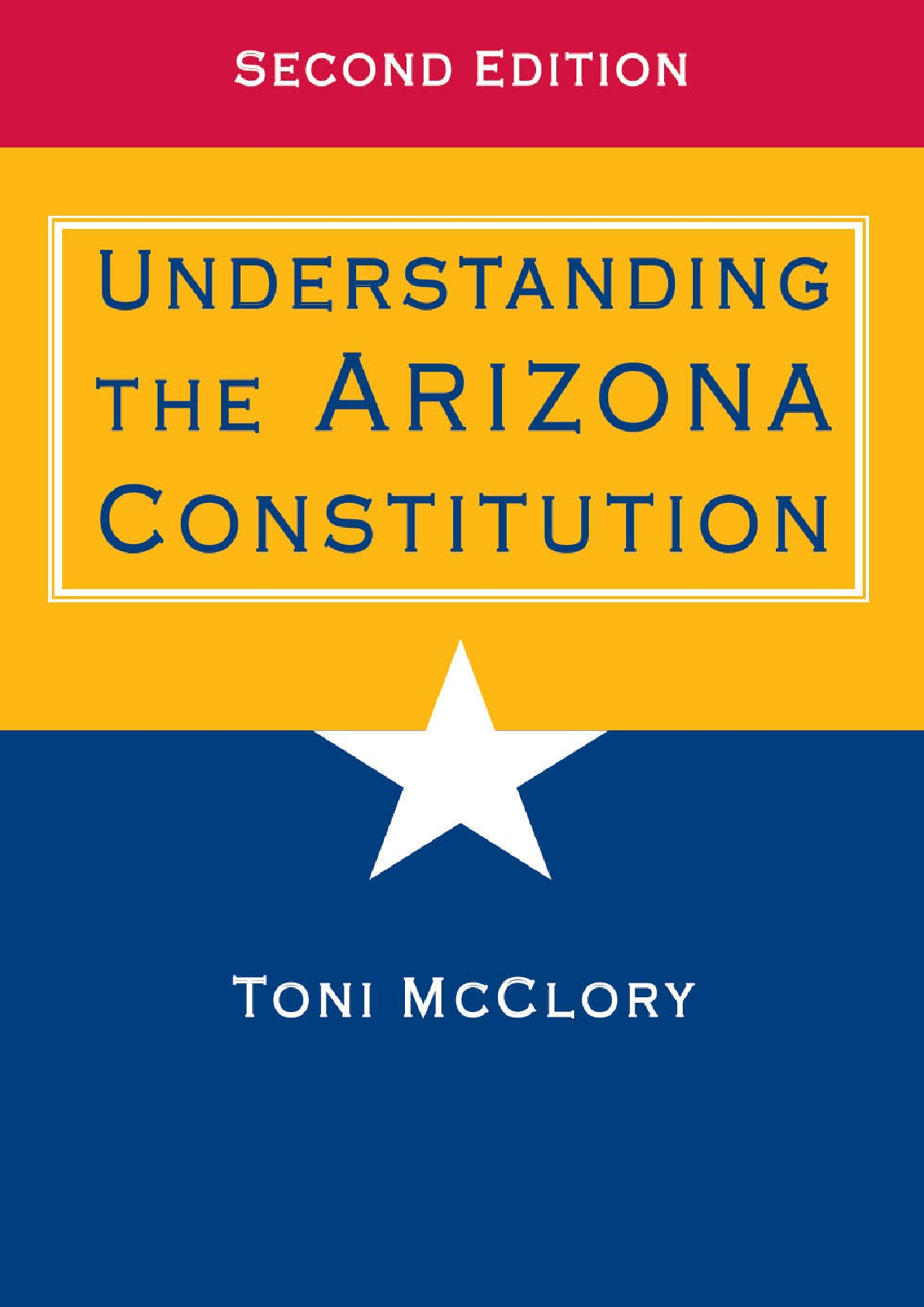

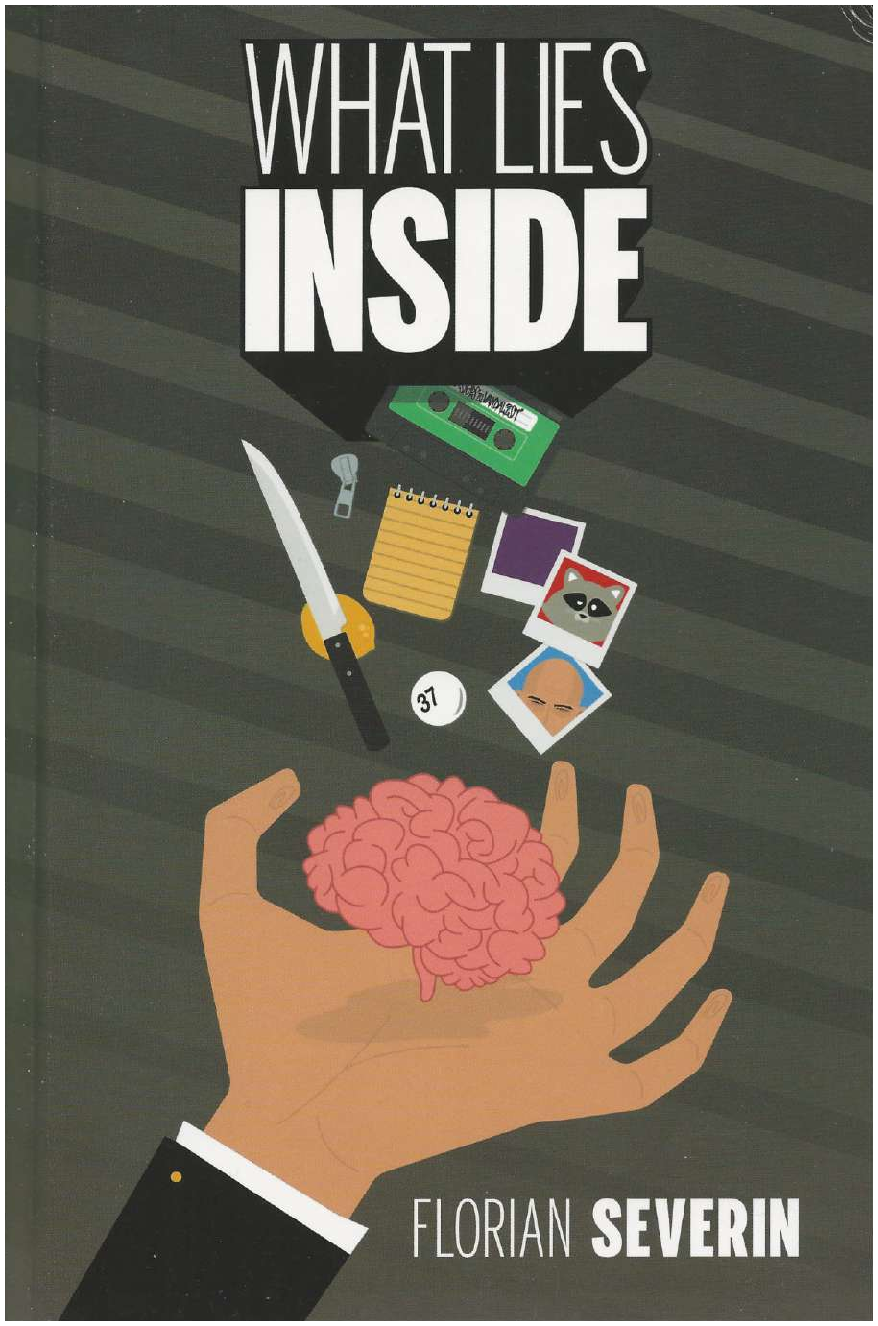


.png)

